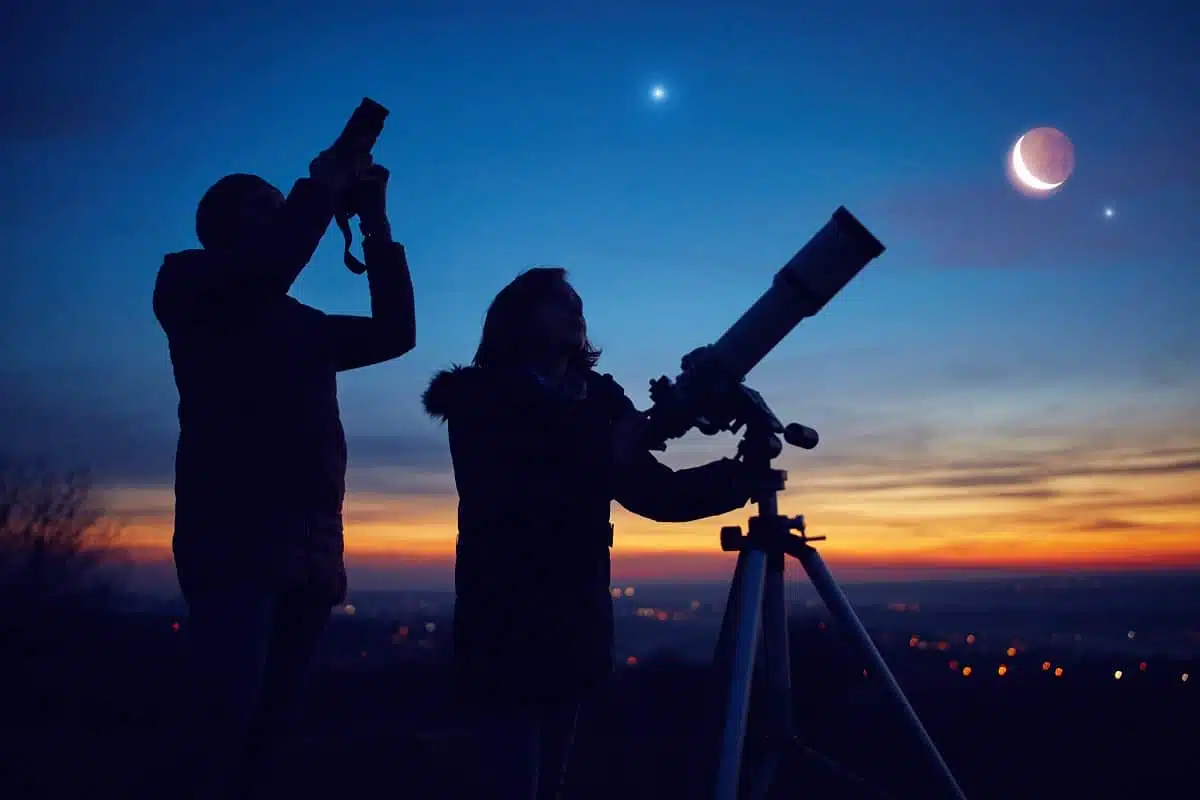Embark on a journey to the most awe-inspiring stargazing destinations around the globe. Far from the light pollution of cities, these remote locations offer clear, dark skies that are perfect for observing the wonders of the cosmos. Each spot provides a unique backdrop for an unforgettable celestial experience, from deserts to high mountains. Whether you’re an amateur astronomer or a starry-eyed dreamer, this guide will lead you to the best places where the night sky is full of majesty.
1. Mauna Kea, Hawaii, USA
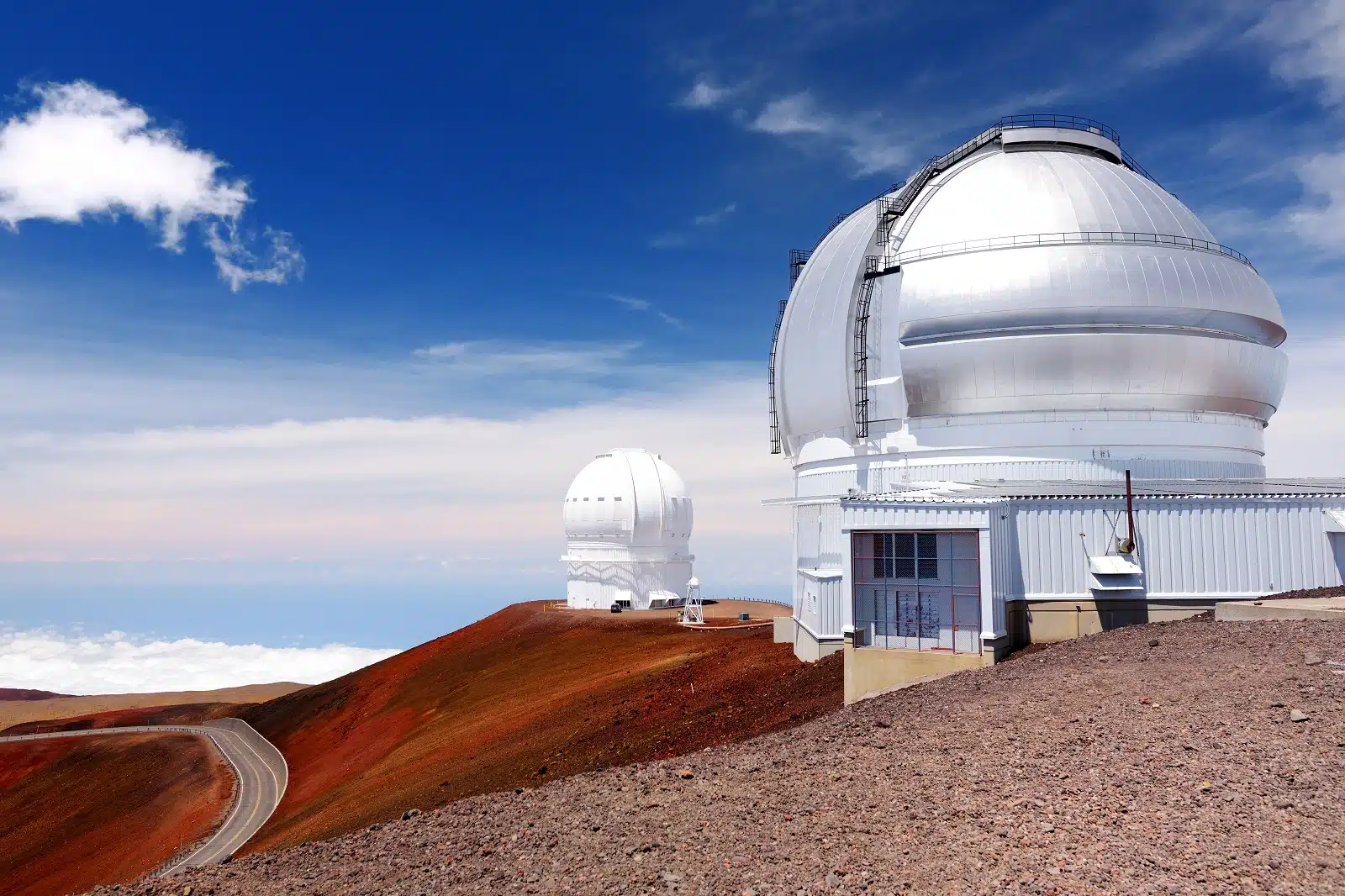
Image Credit: Shutterstock / MNStudio
Mauna Kea, a dormant Hawaiian Big Island volcano, is a stargazer’s paradise. Its summit, one of the highest points in the Pacific, hosts some of the world’s most advanced astronomical observatories. The high altitude and stable atmospheric conditions here result in exceptionally clear skies, making it an ideal spot for professional astronomers and casual stargazers. The visitor center at a lower altitude offers nightly stargazing programs, making the universe’s wonders accessible to all. The experience of watching stars and planets from atop Mauna Kea is both awe-inspiring and humbling.
Insider’s Tip
Acclimate to the altitude at the visitor center before heading to the summit.
When To Travel
The dry season from April to October offers the clearest skies.
How To Get There
Mauna Kea is accessible from Hilo or Kona via Saddle Road, followed by a steep climb to the summit.
2. Atacama Desert, Chile
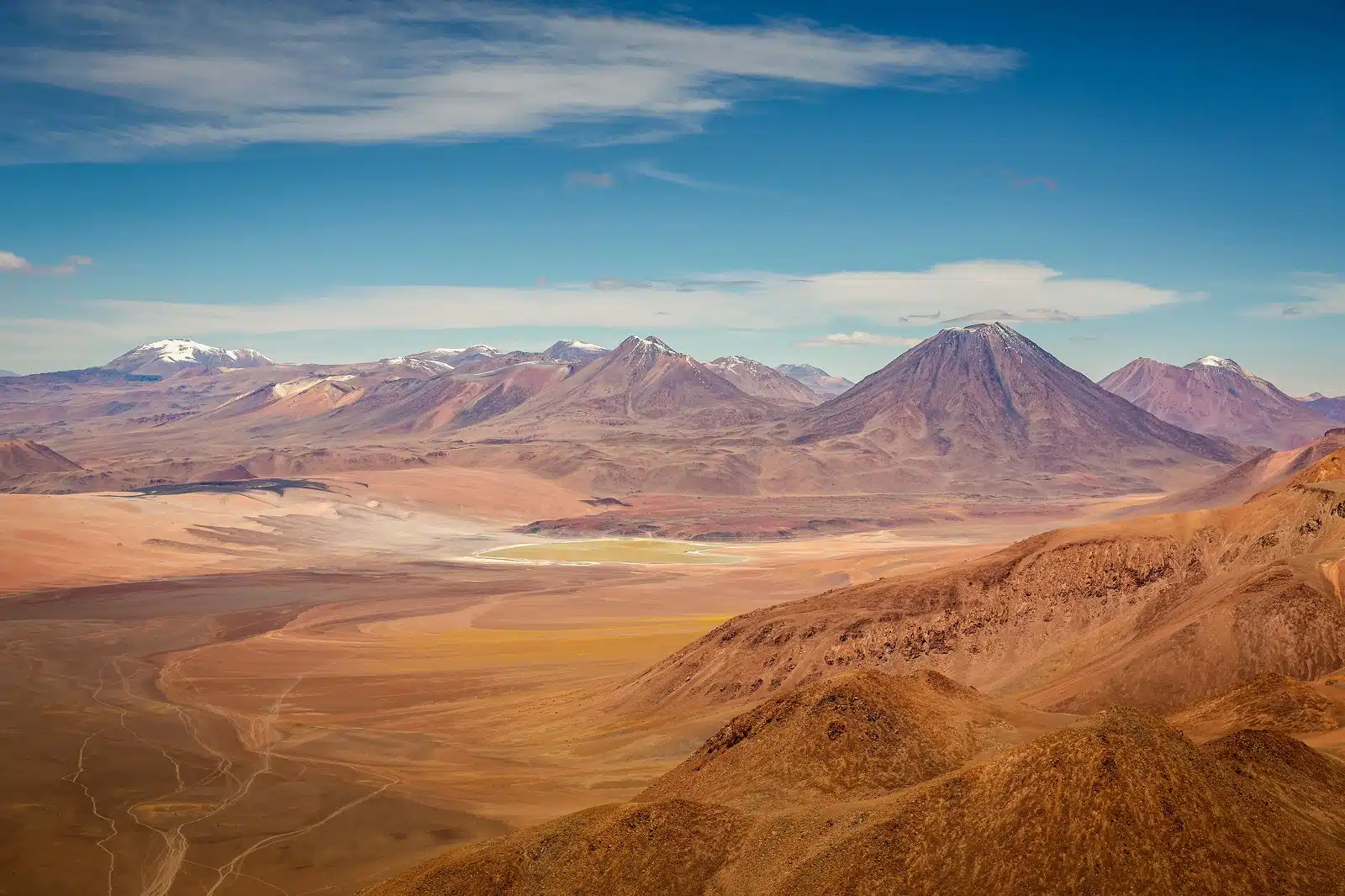
Image Credit: Shutterstock / PositiveTravelArt
The Atacama Desert, one of the driest places on Earth, boasts some of the clearest skies for stargazing. Its high altitude, dry air, and minimal light pollution create perfect conditions for astronomical observations. The desert is home to several world-class observatories, such as ALMA and Paranal, which offer guided tours. The stark, lunar-like landscape of the Atacama adds to the surreal experience of observing the cosmos. Nighttime here unveils a sky so densely packed with stars that it feels like you can touch the Milky Way.
Insider’s Tip
Book a guided astronomical tour for a deeper understanding of the southern sky.
When To Travel
The Atacama Desert is great for stargazing year-round, but the southern hemisphere’s winter months (June to August) offer the best conditions.
How To Get There
Fly to Calama from Santiago, Chile, then drive or take a bus to San Pedro de Atacama.
3. Namib Desert, Namibia
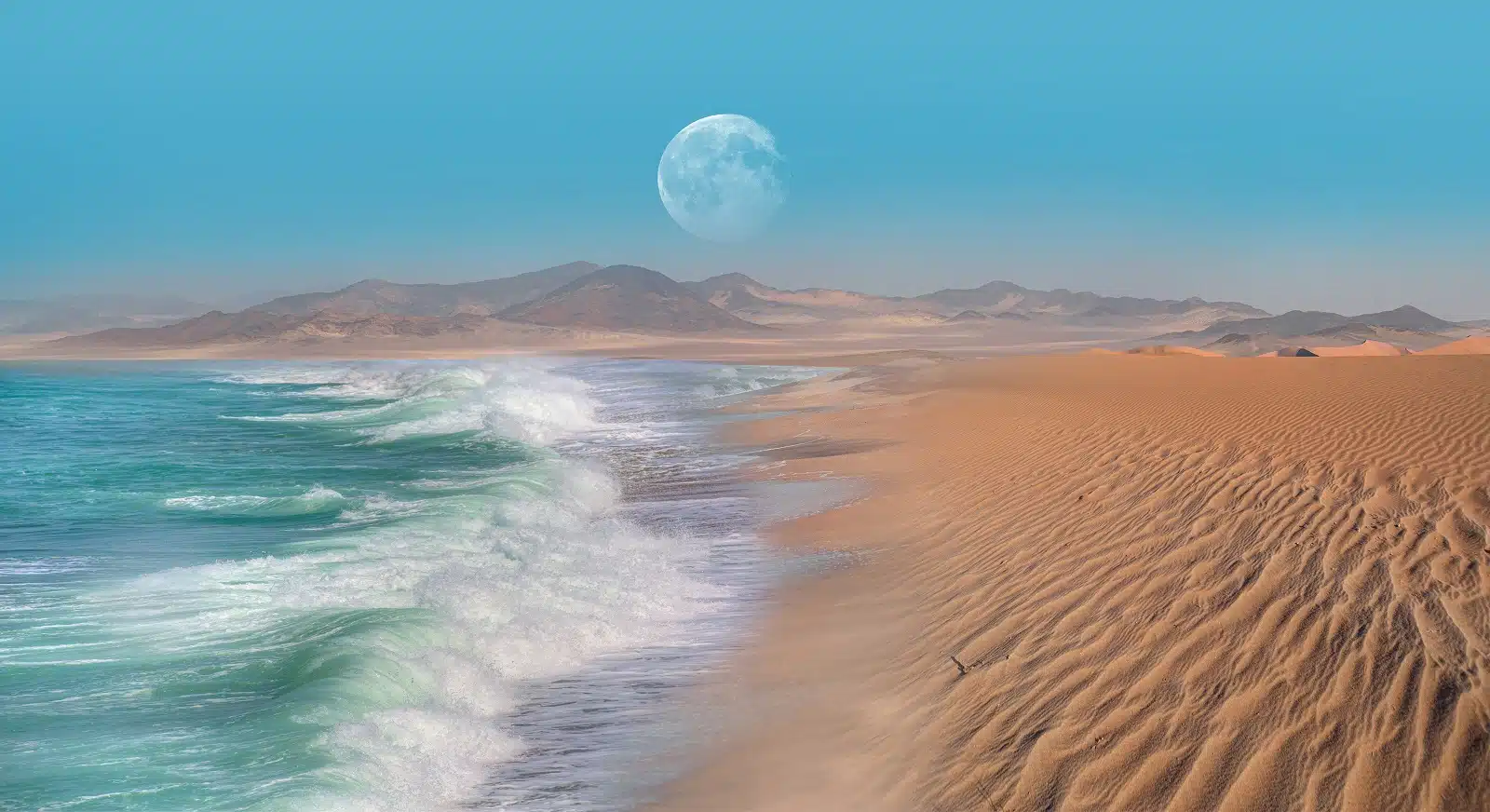
Image Credit: Shutterstock / muratart
The Namib Desert offers a stargazing experience like no other. Its vast, open skies are free from light pollution, revealing an incredible tapestry of stars. The NamibRand Nature Reserve, a designated Dark Sky Reserve, is renowned for its stunning night skies. Luxury lodges and campsites in the reserve offer guided stargazing tours, where you can gaze at the southern hemisphere’s constellations. The experience of watching the stars from the oldest desert in the world, surrounded by towering dunes and ancient landscapes, is both magical and timeless.
Insider’s Tip
Participate in a guided night walk or a stargazing session offered by many lodges.
When To Travel
The dry season from May to October offers clearer skies.
How To Get There
Fly to Windhoek, then drive or take a charter flight to the NamibRand Nature Reserve.
4. La Palma, Canary Islands, Spain
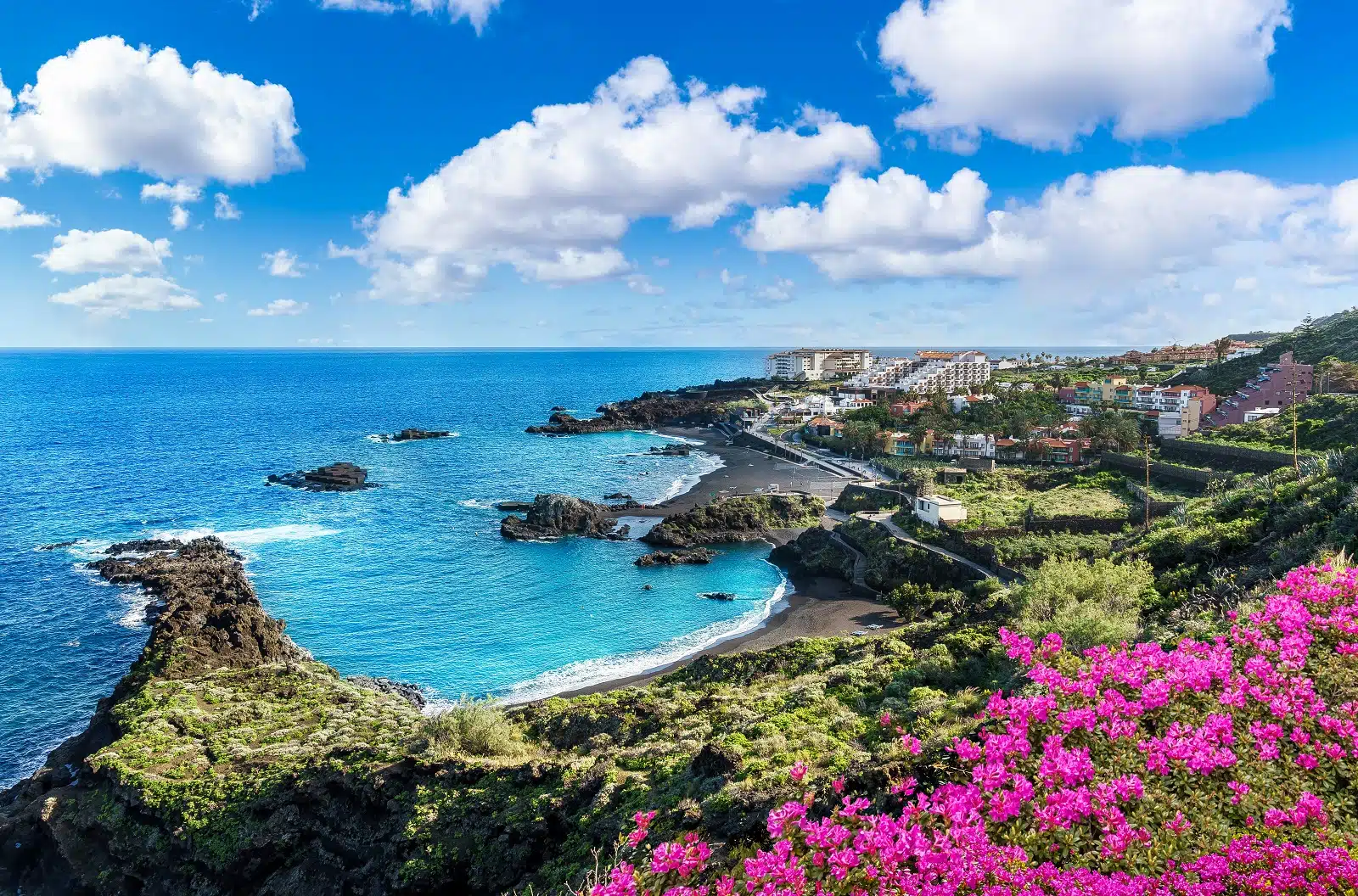
Image Credit: Shutterstock / Serenity-H
La Palma in the Canary Islands is a stargazing haven, thanks to its clear skies, high altitudes, and stringent light pollution laws. The island hosts the Roque de los Muchachos Observatory, one of the world’s leading astronomical observatories. The observatory is perched atop the island’s highest peak, offering breathtaking views of the cosmos. The entire island has been declared a UNESCO Biosphere Reserve, ensuring that its natural beauty and dark skies will be preserved. Stargazing here is not just about observing celestial objects; it’s about experiencing the profound beauty and tranquility of the night sky.
Insider’s Tip
Visit during the annual Starmus Festival for talks and events with renowned astronomers and scientists.
When To Travel
Summer offers warmer nights, but winter skies are clearer.
How To Get There
Fly to La Palma Airport from mainland Spain or other Canary Islands.
5. Cherry Springs State Park, Pennsylvania, USA
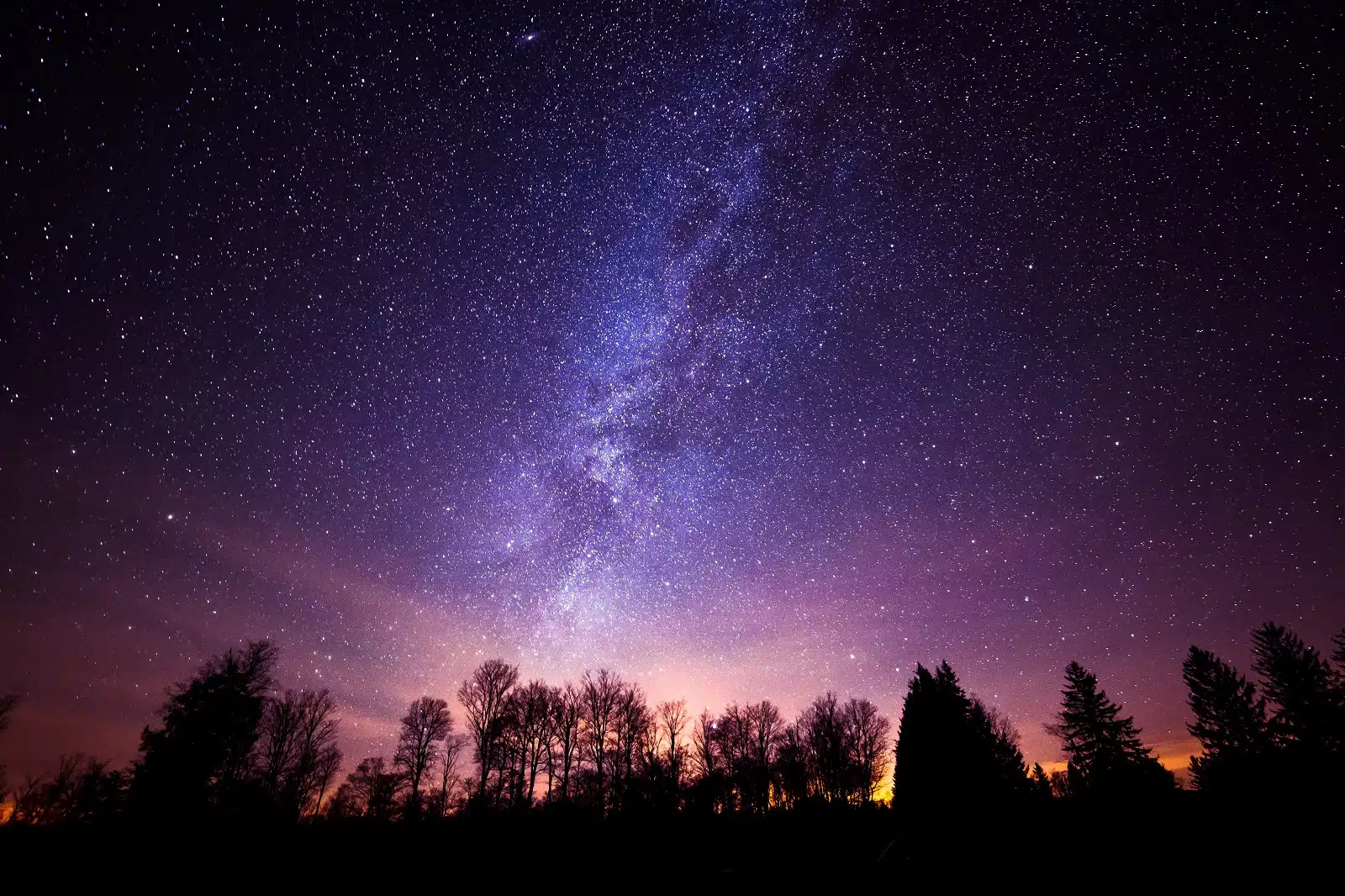
Image Credit: Shutterstock / Lucky-photographer
Cherry Springs State Park in Pennsylvania is a gold mine for stargazers in the eastern United States. Its exceptionally dark skies result from the park’s remote location and dedicated efforts to minimize light pollution. The park’s Astronomy Field is specially designed for stargazing, with unobstructed views of the night sky. It regularly hosts star parties and astronomy events, attracting both amateur and experienced astronomers. Observing the Milky Way with such clarity in this part of the country is a rare and enchanting experience.
Insider’s Tip
Attend one of the park’s star parties for group stargazing sessions and workshops.
When To Travel
Spring and fall offer the best combination of dark skies and comfortable temperatures.
How To Get There
Cherry Springs is about a 4-hour drive from major cities like Pittsburgh or Philadelphia.
6. Jasper National Park, Alberta, Canada
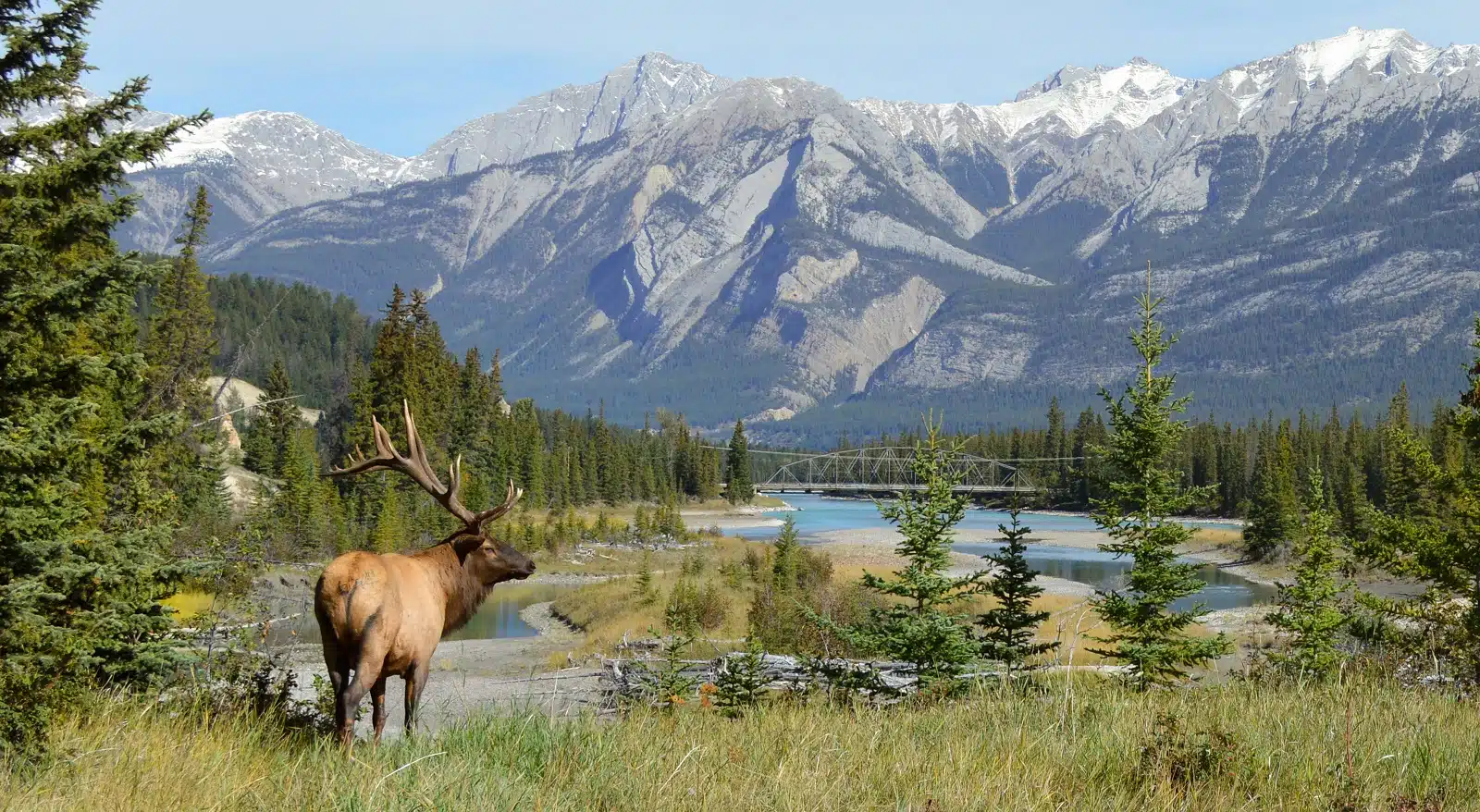
Image Credit: Shutterstock / Weekend Warrior Photos
Jasper National Park, nestled in the Canadian Rockies, is one of the world’s largest accessible Dark Sky Preserves. Its vast wilderness and minimal light pollution make it an ideal destination for stargazing. The park hosts the annual Jasper Dark Sky Festival, featuring astronomy events, guest speakers, and telescope experiences. The natural beauty of the Canadian Rockies, combined with the pristine night skies, makes stargazing in Jasper a truly majestic experience.
Insider’s Tip
Take a guided tour to the Athabasca Glacier for a unique stargazing spot.
When To Travel
Visit during the Jasper Dark Sky Festival in October for special events.
How To Get There
Jasper is about a 4-hour drive from Edmonton, Alberta.
7. Lake Tekapo, South Island, New Zealand
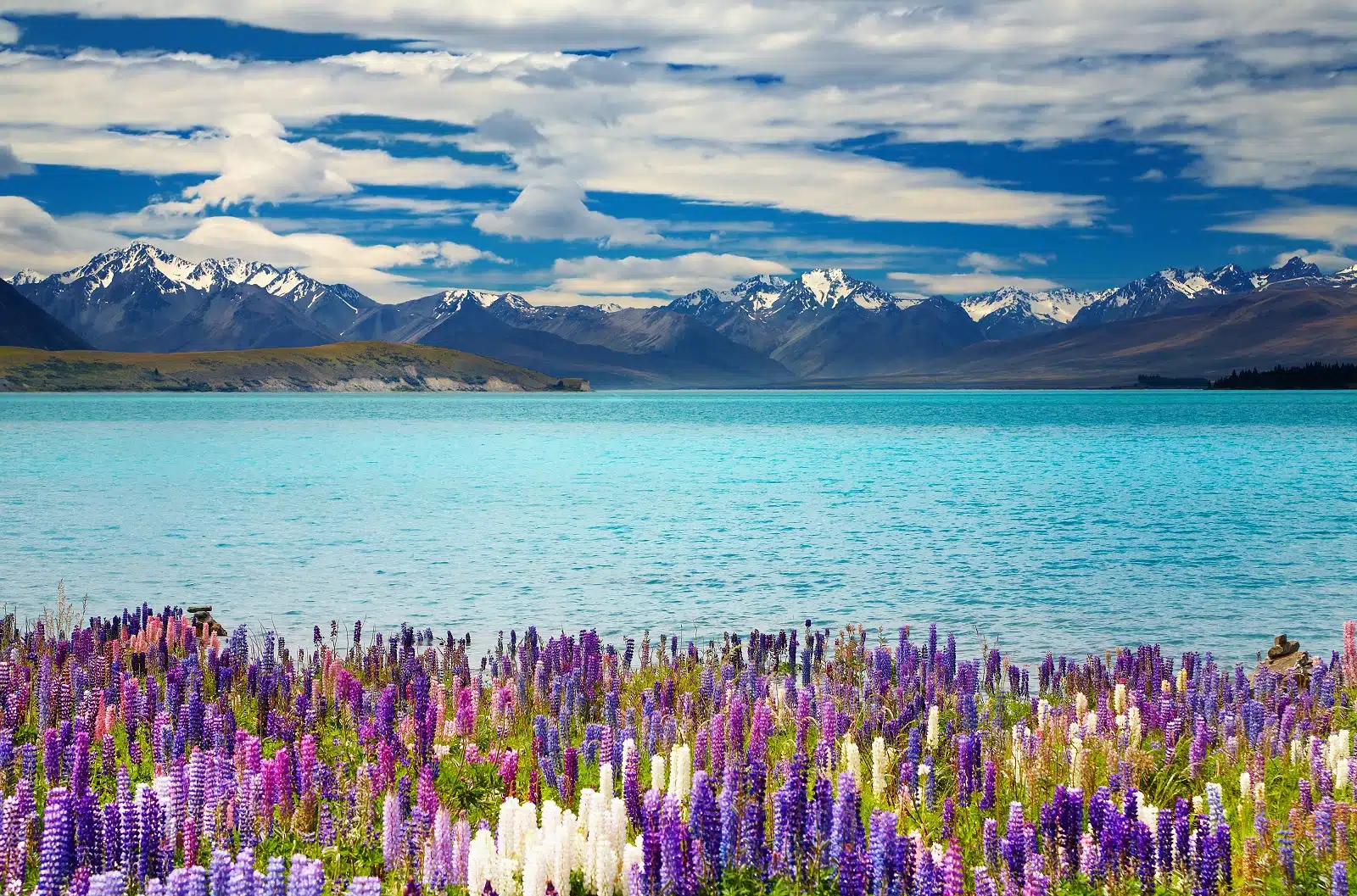
Image Credit: Shutterstock / Dmitry Pichugin
Lake Tekapo, situated in the heart of New Zealand’s South Island, lies within the Aoraki Mackenzie International Dark Sky Reserve. The reserve’s exceptionally dark skies offer some of the best stargazing in the southern hemisphere. The Mount John Observatory on a hilltop above the lake provides guided stargazing tours and unparalleled views of celestial wonders such as the Southern Cross, Magellanic Clouds, and the Milky Way. The picturesque setting of Lake Tekapo, with its turquoise waters and surrounding mountains, adds to the surreal stargazing experience.
Insider’s Tip
Soak in the Tekapo Springs hot pools for a unique stargazing experience.
When To Travel
The winter months (June to August) offer longer nights for stargazing.
How To Get There
Lake Tekapo is about a 3-hour drive from Christchurch or Queenstown.
8. Sedona, Arizona, USA
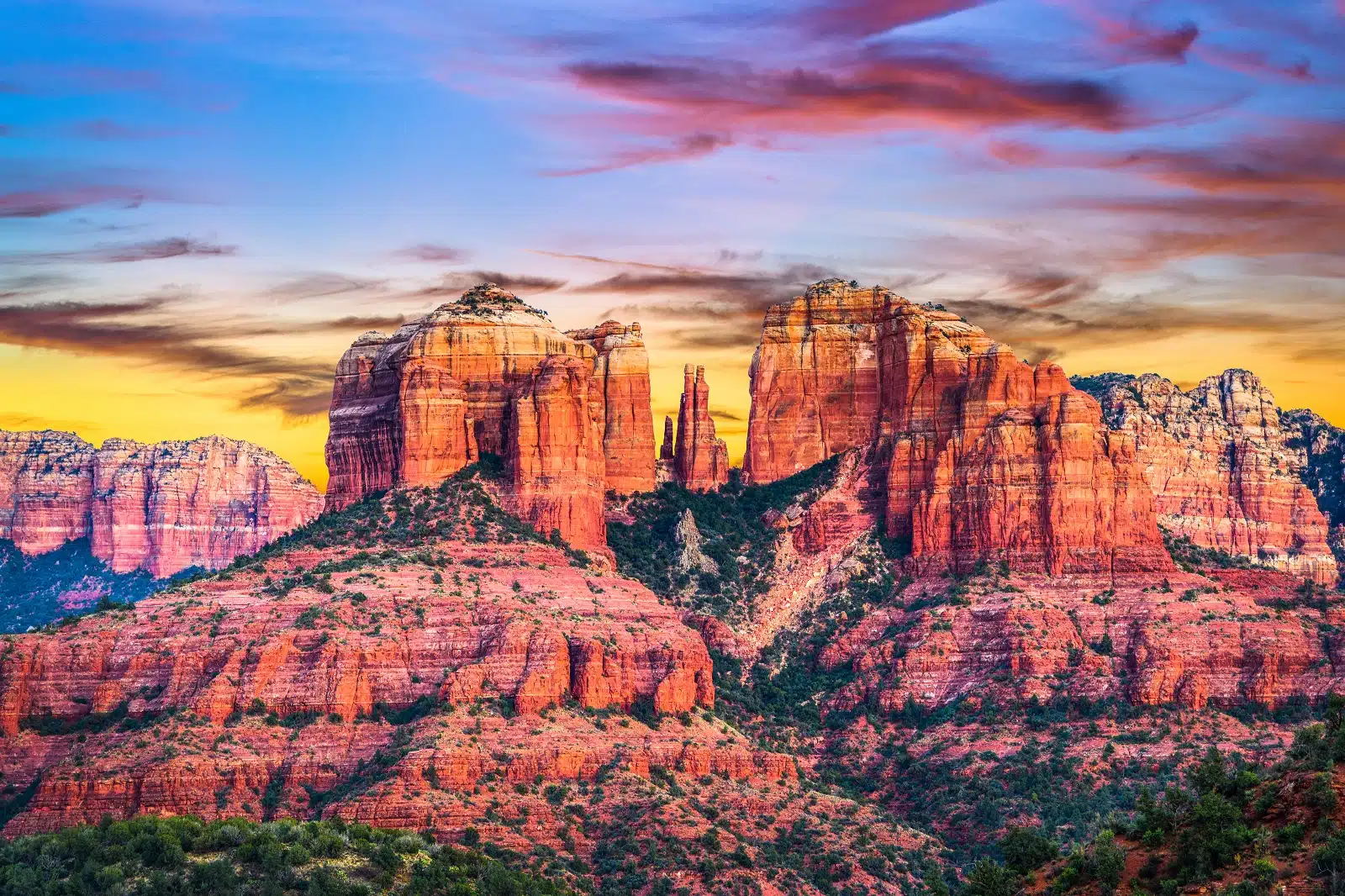
Image Credit: Shutterstock / cpaulfell
Sedona, nestled among striking red rock formations, is famous for its natural beauty and artistic community and dark skies. The city’s commitment to minimal light pollution makes it an excellent spot for stargazing. Numerous companies offer night sky tours, combining astronomy with the mystical energy Sedona is known for. The experience of gazing at the stars amidst the red rocks of Sedona is both serene and spectacular.
Insider’s Tip
Explore the area’s vortex sites during the day for a unique spiritual experience.
When To Travel
Spring and fall offer comfortable temperatures for nighttime stargazing.
How To Get There
Sedona is about a 2-hour drive from Phoenix or Flagstaff.
9. Uluru, Northern Territory, Australia
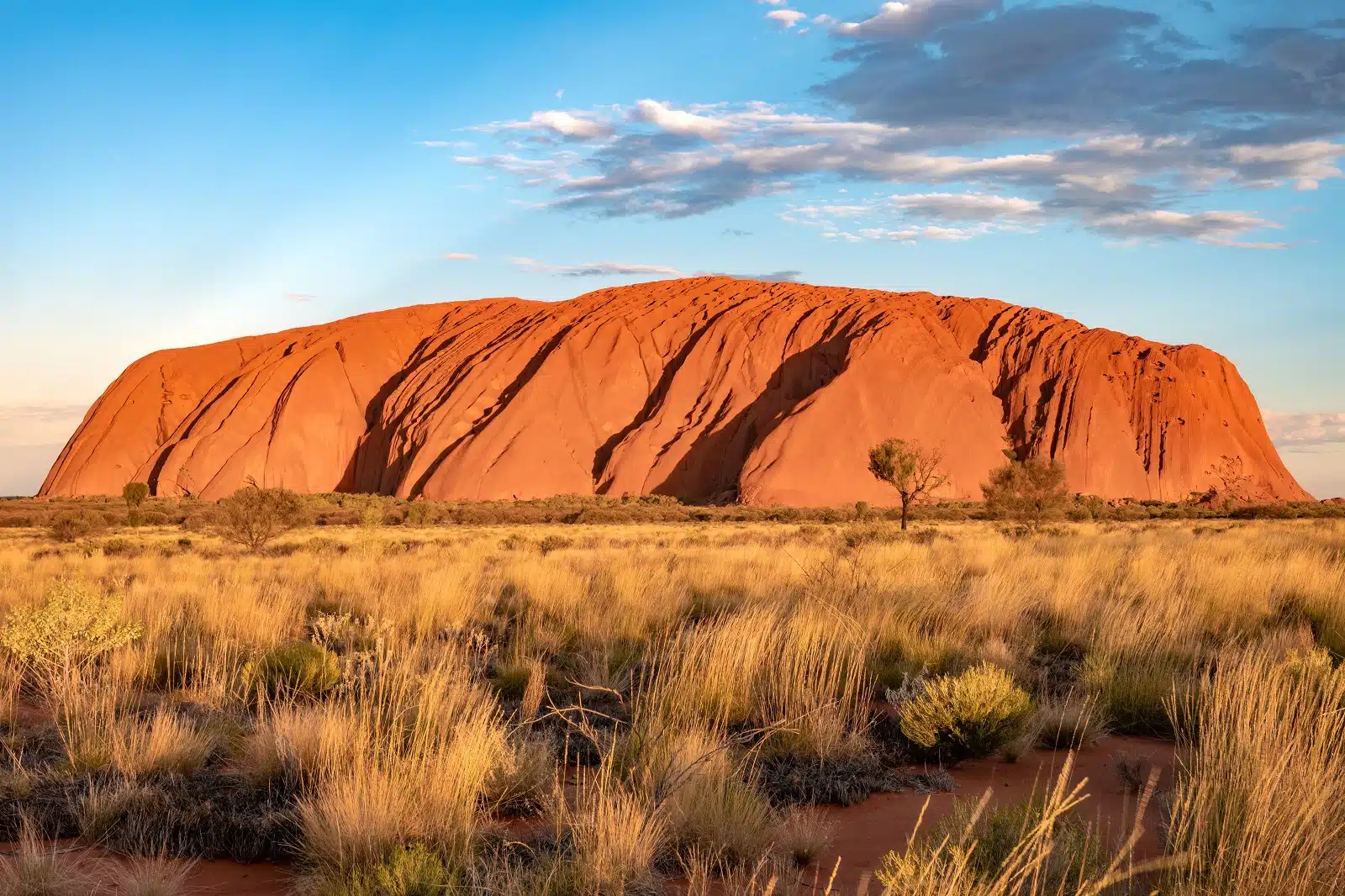
Image Credit: Shutterstock / LouieLea
Uluru, also known as Ayers Rock, offers a stargazing experience steeped in Aboriginal culture and the stark beauty of the Australian Outback. The absence of artificial light and the vast open landscape provide a perfect canvas for the night sky. Various tours offer stargazing experiences, including Aboriginal stories and legends about the stars. The sight of the Milky Way arching over the iconic Uluru is a mesmerizing and unforgettable experience.
Insider’s Tip
Opt for a Sounds of Silence dinner experience for stargazing with a gourmet meal.
When To Travel
The winter months (June to August) offer clearer skies and cooler temperatures.
How To Get There
Fly to Ayers Rock Airport, with direct flights from major Australian cities.
10. Brecon Beacons National Park, Wales, UK
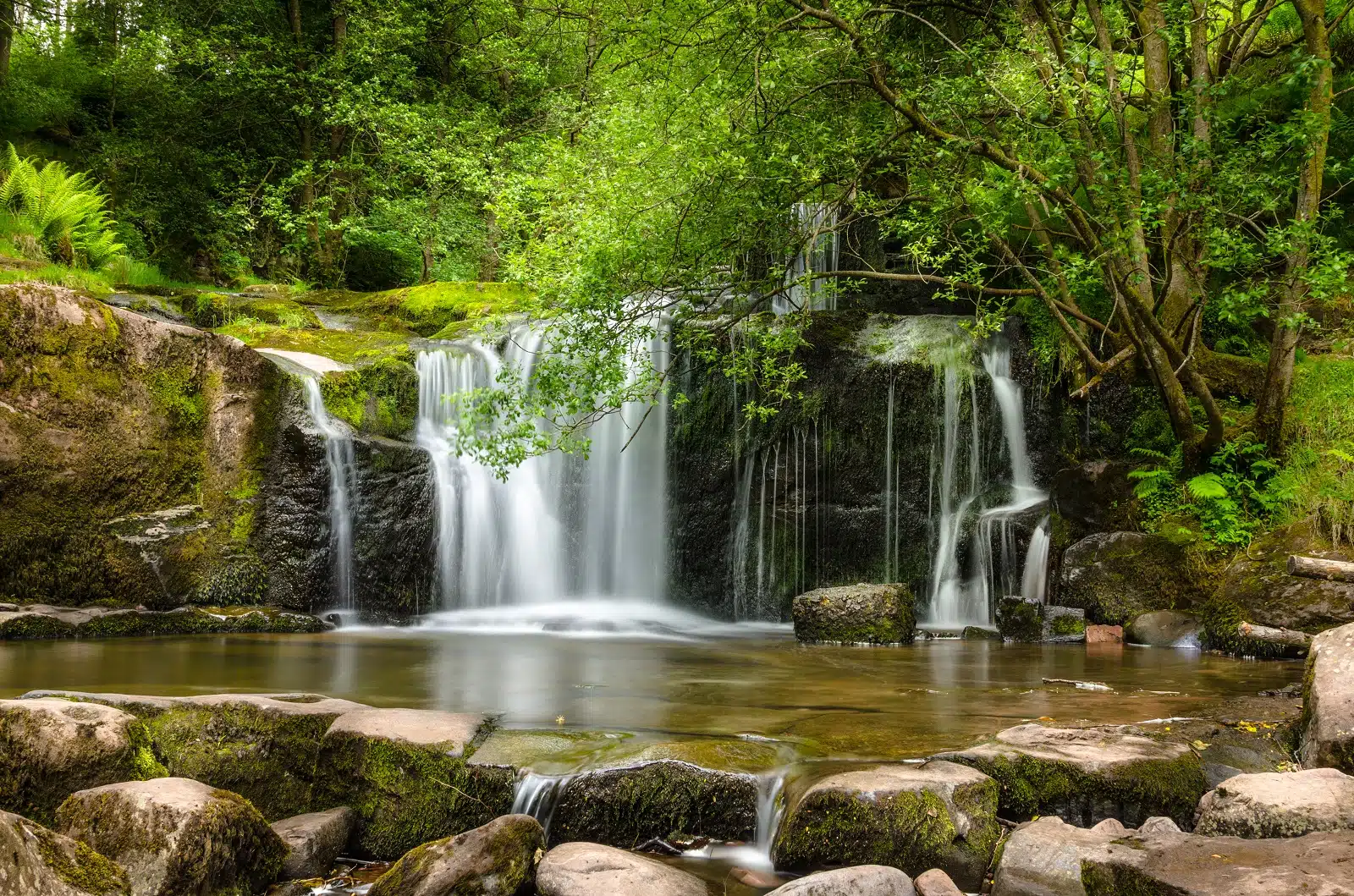
Image Credit: Shutterstock / Albert Pego
Brecon Beacons National Park in Wales is a stargazer’s delight, thanks to its International Dark Sky Reserve status. The park’s remote location and rural setting away from major cities ensure some of the darkest skies in the UK. The lack of light pollution allows for spectacular views of the Milky Way, meteor showers, and major constellations. Local companies offer guided night walks and stargazing sessions, making the wonders of the night sky accessible to all.
Insider’s Tip
Visit the National Park Visitor Centre for information on the best stargazing spots and conditions.
When To Travel
Although the weather can be unpredictable, Autumn and winter provide longer nights for stargazing.
How To Get There
The park is about a 3-hour drive from London or a 1-hour drive from Cardiff.
11. The Sahara Desert, Morocco
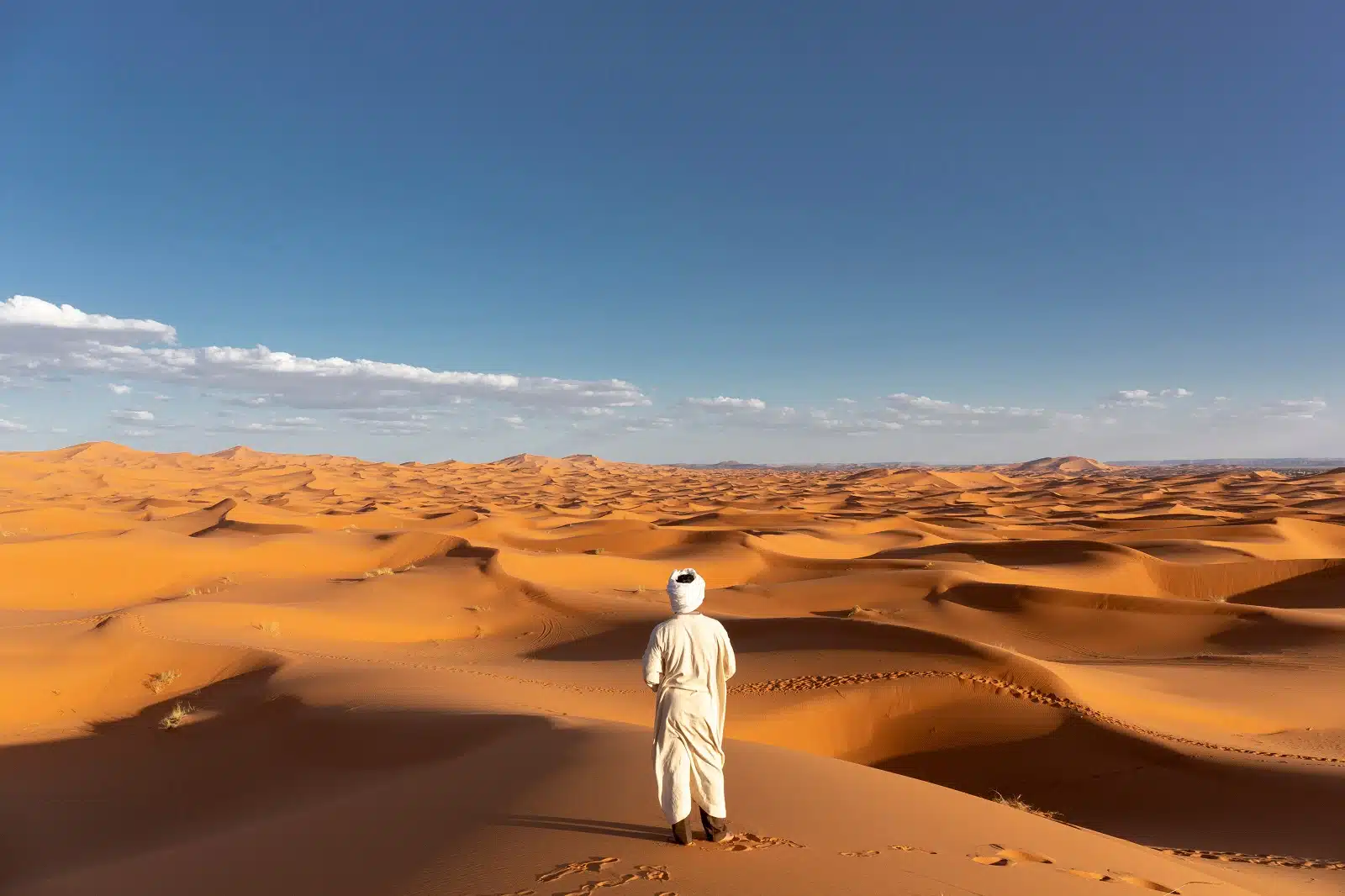
Image Credit: Shutterstock / Tjeerd Kruse
The Sahara Desert in Morocco offers a stargazing experience like no other. The vast, open desert skies, free from light pollution, reveal an incredible array of stars and constellations. Overnight camel treks and desert camps provide a traditional and immersive way to experience the Sahara’s night sky. Lying on the sand dunes under a blanket of stars offers a sense of solitude and connection with the universe that is both profound and peaceful.
Insider’s Tip
Combine your stargazing experience with a sunrise over the dunes for a magical desert experience.
When To Travel
Spring (March to May) and fall (September to November) offer the best weather for desert trips.
How To Get There
Organize a tour from Marrakech or Fes to the desert regions of Merzouga or Zagora.
12. The Arctic Circle, Scandinavia
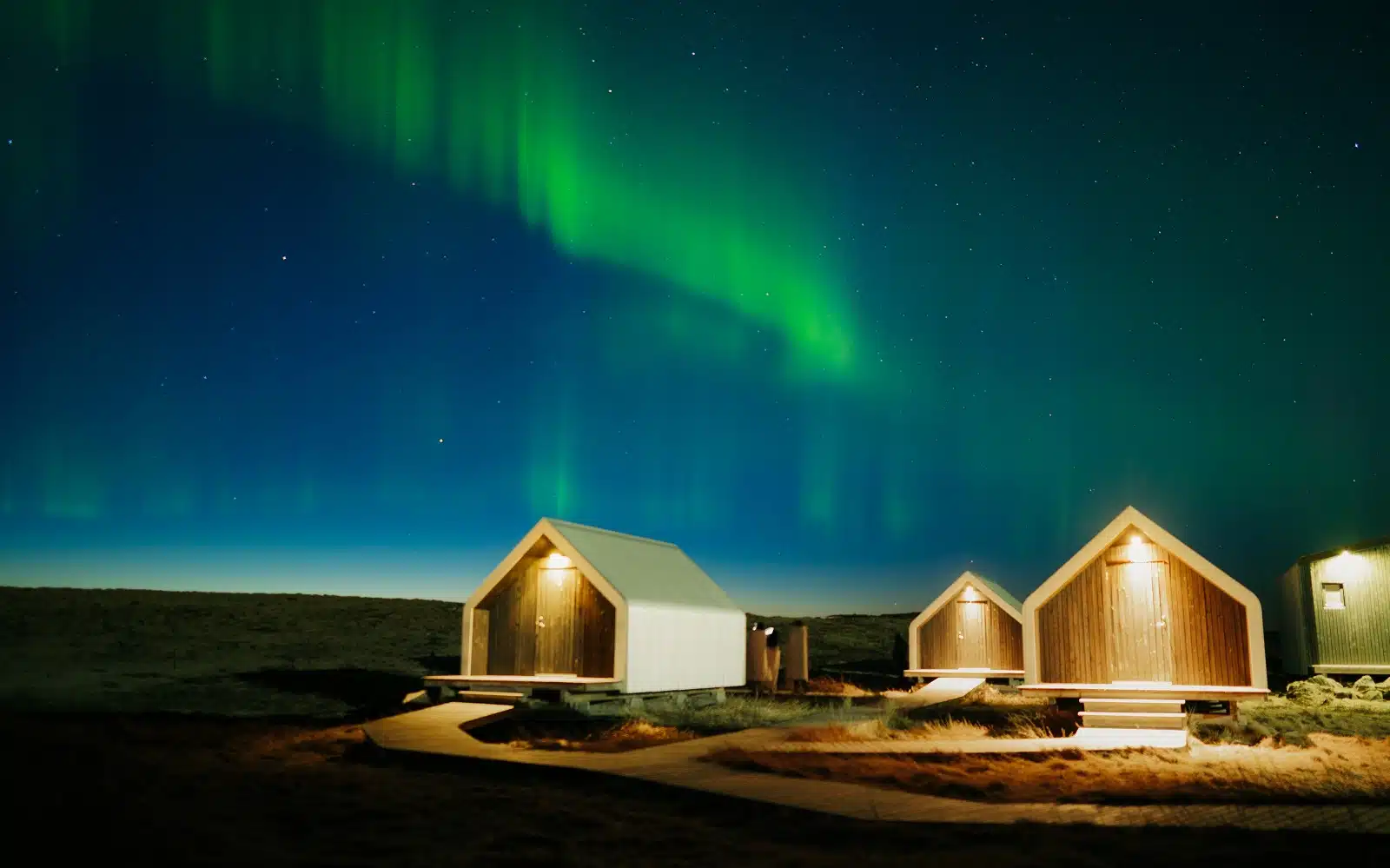
Image Credit: Shutterstock / kasakphoto
The Arctic Circle in Scandinavia is one of the best places on Earth to witness the Northern Lights, or Aurora Borealis. This natural light display, caused by solar particles colliding with the Earth’s atmosphere, creates a spectacular show of colors in the night sky. The remote locations within the Arctic Circle, away from city lights, provide the perfect backdrop for this celestial phenomenon. Countries like Norway, Sweden, and Finland offer numerous locations and tours dedicated to viewing the Northern Lights.
Insider’s Tip
Stay in a glass igloo or a traditional Sami lavvu tent for a unique viewing experience.
When To Travel
The Northern Lights are most visible from September to April.
How To Get There
Fly to cities like Tromsø, Norway, or Kiruna, Sweden, and join a Northern Lights tour.
The Bottom Line
As you venture to these remote corners of the world in search of the perfect night sky, remember that stargazing is more than just a visual experience. It’s a journey connecting you to the cosmos and the countless generations of humans who have gazed up in wonder. Whether you’re watching the Milky Way in the desert or the Northern Lights in the Arctic, these celestial experiences remind you of the vastness and beauty of the universe. So pack your telescope, grab a blanket, and prepare to be awed by the night sky’s natural wonders.
More From The Green Voyage
12 Best Practices for Sustainable Travel in 2024 – How to Travel With Minimal Environmental Impact
Unlocking Hotel Perks – A Traveler’s Guide to Maximizing Hotel Reward Programs for Optimal Benefits
Travel Hacks for Frequent Flyers – 6 Tips and Tricks to Make the Best of Air Travel
The post A Guide to the 12 World’s Best Stargazing Spots – Celestial Escapes 2024 first appeared on The Green Voyage.
Featured Image Credit: Shutterstock / AstroStar.
Tips for Trip Success
Book Your Flight
Find an inexpensive flight by using Kayak, a favorite of ours because it regularly returns less expensive flight options from a variety of airlines.
Book Your Hotel or Special Accommodation
We are big fans of Booking.com. We like their review system and photos. If we want to see more reviews and additional booking options, we go to Expedia.
You Need Travel Insurance!
Good travel insurance means having total peace of mind. Travel insurance protects you when your medical insurance often will not and better than what you get from your credit card. It will provide comprehensive coverage should you need medical treatment or return to the United States, compensation for trip interruption, baggage loss, and other situations.Find the Perfect Insurance Plan for Your Trip
